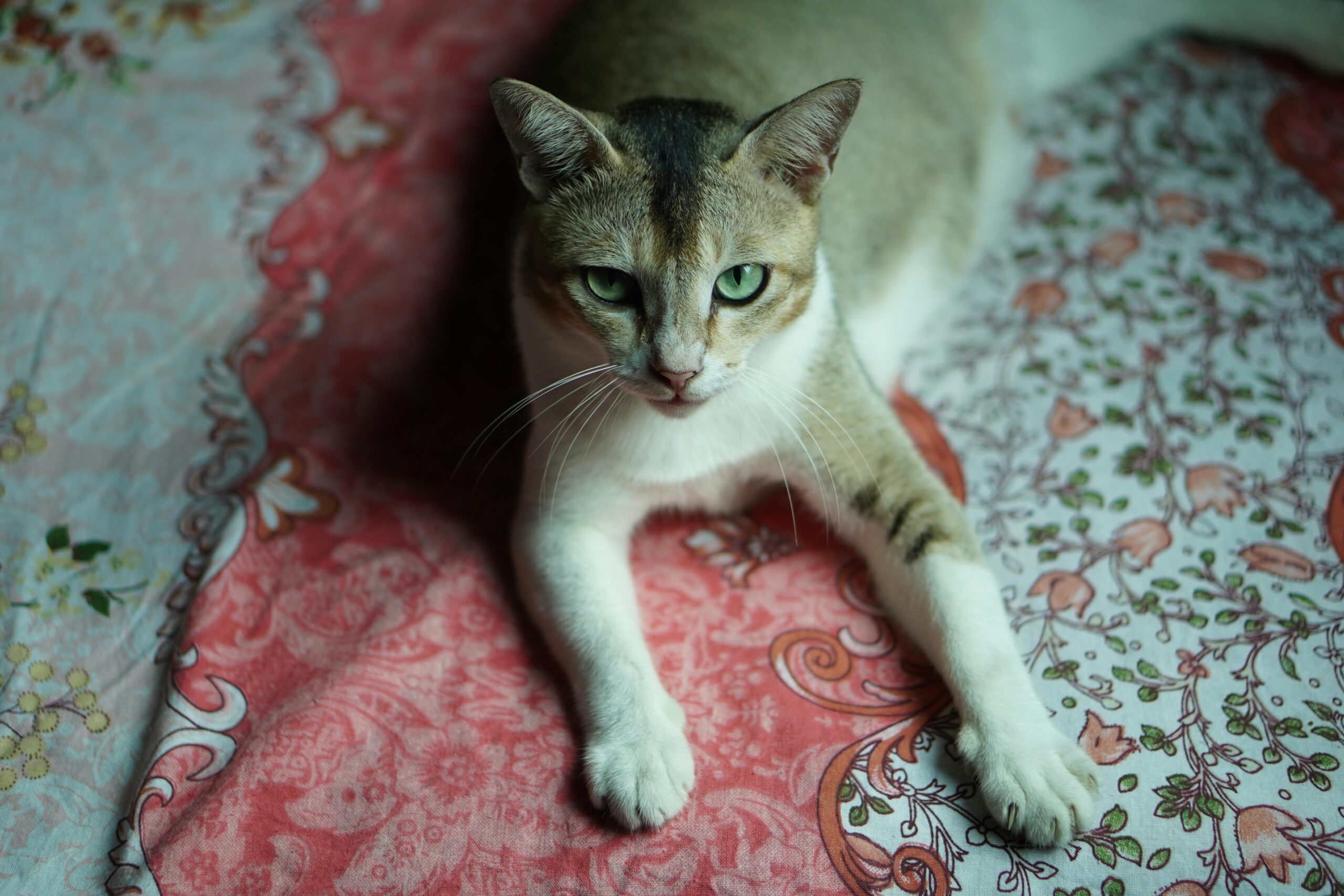When I first started my journey into cat rescue, I thought I was just helping animals find homes. But somewhere along the way—between late-night feedings, frantic vet visits, and quiet moments of trust with a scared stray—I realized I was also reconnecting with something deeper: a sense of reverence for life that I had only ever glimpsed in stories. Specifically, in Asian folklore.
Growing up, I heard tales of animals who spoke, who saved lives, who were more than just companions—they were spiritual beings, guides, protectors, even gods in disguise. These stories weren’t just bedtime distractions—they carried deep moral lessons about how we treat living things and the importance of compassion, responsibility, and balance.
🐱 The Cat Who Became a Guardian
One of my favorite tales comes from Japan, where cats have long been seen as mystical protectors. There’s the famous story of the Maneki-Neko (the “beckoning cat”), who is said to have saved a man by raising its paw and guiding him away from danger. In some legends, cats are protectors of temples, guarding sacred spaces from evil spirits. That idea stuck with me—the thought that every cat has a role, a presence, and a purpose.
When I look into the eyes of a street cat, wary and cautious yet still curious, I see that same spark of quiet watchfulness. These cats may not wear bells or sit in shrines, but they still deserve respect. They aren’t just strays—they’re survivors. And they, too, have stories to tell.
🐉 Lessons from the Zodiac and Beyond
In Chinese culture, the zodiac highlights a deep relationship between humans and animals. Each creature—from the noble dragon to the clever rat—has strengths, traits, and lessons to share. While the cat didn’t make the official zodiac lineup (thanks to the scheming rat in some versions of the tale!), it still holds a beloved place in many households. The lesson I take from this mythology is clear: animals are not lesser beings—they are partners in the rhythm of life.
Many Chinese folktales tell of kind people being rewarded for saving or helping animals. One story I love tells of a farmer who rescues a snake and is later saved from disaster by that very creature. These tales remind us that kindness toward animals is never wasted. Even if we don’t see immediate results, we’re building a more compassionate world.
🐘 Karma and Compassion in South & Southeast Asia
In Hindu and Buddhist traditions, compassion for all living beings is a key virtue. Animals are seen as sentient, often spiritual beings, and harming them is believed to create negative karma. The Jataka tales—stories of the Buddha’s past lives—often feature animals he helped or protected. In some stories, he was an animal: a wise monkey king, a generous elephant, a selfless bird. These stories teach that the line between human and animal is not as sharp as we think.
This perspective shifted how I think about rescue. It’s not charity—it’s honor. It’s an act of balance and love, rooted in ancient traditions that view animals as fellow travelers on the path of life.
🌸 What It Means Today
As I clean litter boxes, administer meds, or coax a scared cat out of hiding, I carry these stories with me. They remind me that caring for animals isn’t just an obligation—it’s a spiritual practice, one rooted in generations of belief, myth, and cultural wisdom.
Folklore isn’t just fantasy. It’s a reflection of what a culture values. And across Asia, from temple cats in Japan to talking tigers in Korea, from noble elephants in India to protective fox spirits in China, one truth rings clear: how we treat animals says everything about who we are.
So maybe that cat curled up in my window isn’t just a rescue. Maybe she’s a guardian. A guide. A reminder that in caring for her, I’m honoring a tradition much older—and wiser—than I ever knew.

